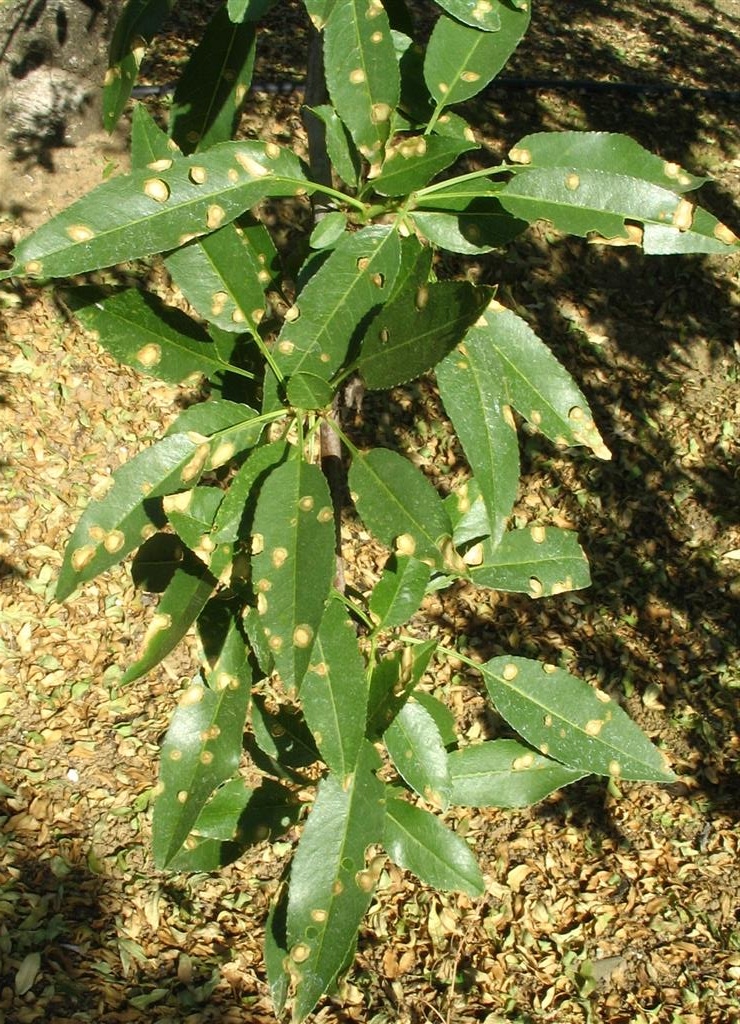March 20, 2015

Identifying non-target crop and ornamental plant damage from herbicides has become much easier with the launch of a new online photo repository by the University of California Statewide IPM Program.
Kassim Al-Khatib, weed science professor at UC Davis and director of the UC Statewide Integrated Pest Management Program (UC IPM), has gathered nearly 1,000 photos of herbicide-damaged plants, drawn from his own and others’ research.
The images are cataloged to show damage that can occur from 81 herbicides in more than 14 specific herbicide modes of action applied in the field to demonstrate the symptoms or when known herbicide spray has drifted onto the plant.
Each image is characterized with the name of the plant, mode of action of the herbicide, and notes the specific symptoms of damage.
Together these photos provide a comprehensive archive of damage to over 120 different crops and ornamental plants by known herbicides, which users can easily compare with what they see in the field.
Herbicides applied to manage weeds may move from the site where it was applied in the air or by attaching to soil particles and traveling as herbicide-contaminated soil. When an herbicide contacts a non-target plant (a plant it was not intended to contact), it can cause slight to serious injury.
Herbicide injury also occurs when the sprayer is not properly cleaned after a previous herbicide application.
Herbicide residue can be found in the spray tank, spray lines, pumps, filters and nozzles. A sprayer must be thoroughly cleaned after an application.
Dry herbicide particles can be redissolved months later and cause herbicide damage to plants. Economic damage includes reduced yield, poor fruit quality, distorted ornamental or nursery plants, and occasionally plant death.
Accurately diagnosing plants that may have herbicide injuries is difficult. In many cases, herbicide symptoms look very similar to symptoms caused by diseases, nutrient deficiencies, environmental stress and soil compaction.
Plant disease symptoms such as mottled foliage, brown spots or stem death and plant pests such as insects or nematodes cause foliage to yellow and reduce plant growth similar to herbicide injury.
Also included in the repository is information about the modes of action of various herbicides and an index of example herbicide trade names and active ingredients. Users can learn how unintended injury from herbicide occurs from misapplication and carryover from previous crops in addition to drift and herbicide-contaminated tanks.
The repository can be found at http://herbicidesymptoms.ipm.ucanr.edu.
(Reprinted from the Almond Doctor Blog with permission from UC Farm Advisor David Doll)
You May Also Like




